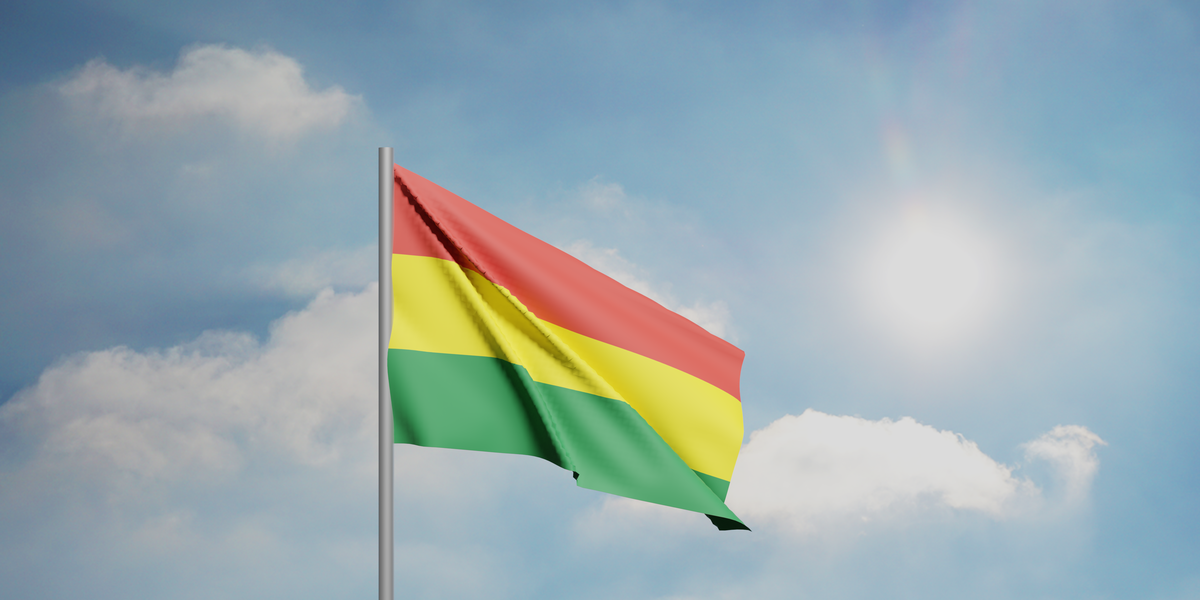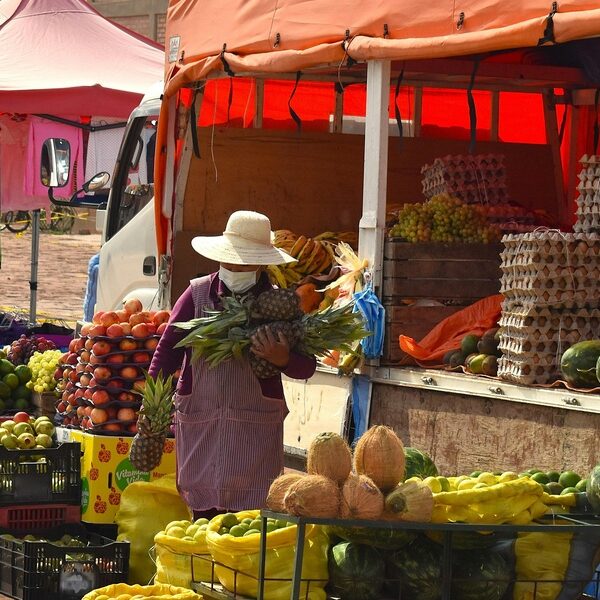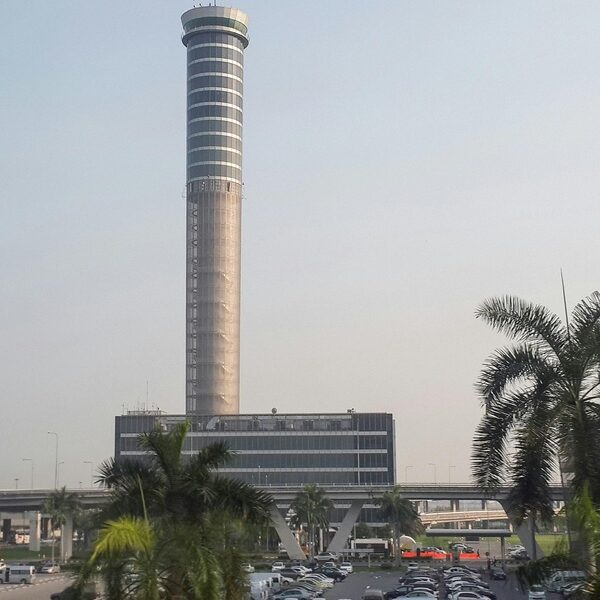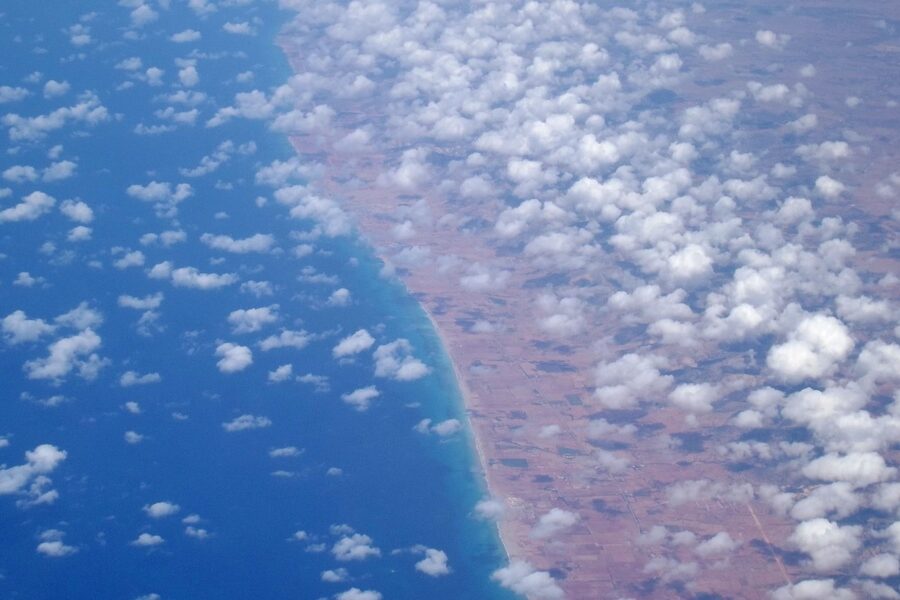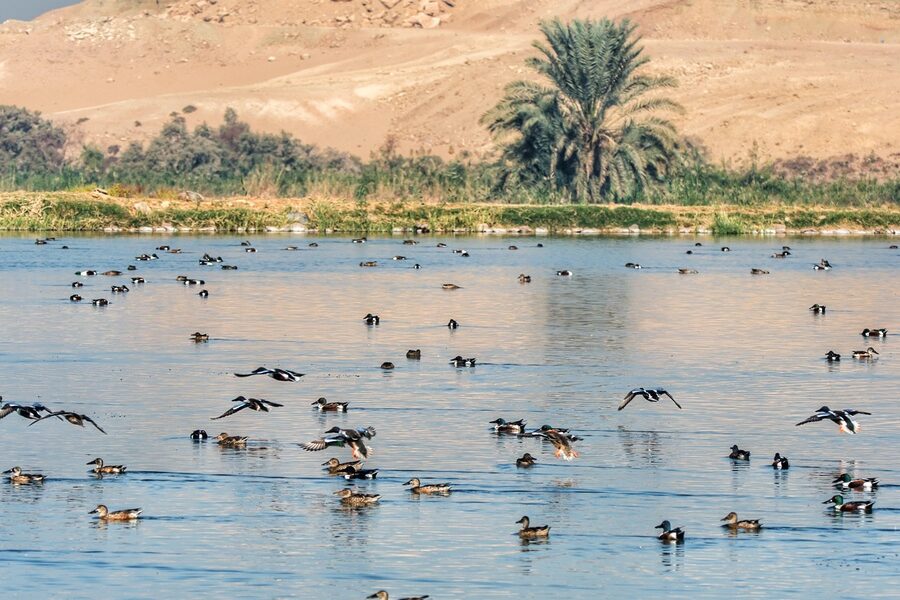South America’s landscapes are dominated by long coastlines, the Andes and vast river systems that shape how people and goods move across the continent. Most nations enjoy direct sea access, so the few that don’t face different logistical and economic realities.
There are 2 Landlocked countries in South America, ranging from Bolivia to Paraguay. For each, information is organized under Flag,Capital,Area (km2) to make comparisons simple and consistent — you’ll find below.
Which countries in South America are landlocked?
Bolivia and Paraguay are the two landlocked states; Bolivia lost its Pacific coast in the 19th century and maintains transit arrangements with neighbors, while Paraguay has been landlocked since independence and relies heavily on river transport.
How do they handle imports and exports without a coastline?
Both depend on agreements with neighboring coastal countries, use international river corridors (notably the Paraguay–Paraná waterway), and route cargo through foreign ports and overland transit networks to keep trade flowing.
Landlocked Countries in South America
| Country | Flag | Capital | Area (km2) |
|---|---|---|---|
| Bolivia | 🇧🇴 | Sucre (constitutional); La Paz seat of government | 1,098,581 |
| Paraguay | 🇵🇾 | Asunción | 406,752 |
Images and Descriptions

Bolivia
Highland and lowland country spanning the Andes and Amazon basin, Bolivia is landlocked after losing its Pacific coast. It holds transit rights through Chilean ports under an 1904 treaty and eastward river access to the Paraguay–Paraná waterway (Puerto Busch). Economy centers on natural gas and mining exports.

Paraguay
Situated between Brazil, Argentina and Bolivia, Paraguay is landlocked but navigable rivers link it to the Atlantic via the Paraguay and Paraná rivers and the Río de la Plata. Major river ports include Asunción and Concepción. Economy emphasizes soy and beef exports and hydroelectric power generation.

